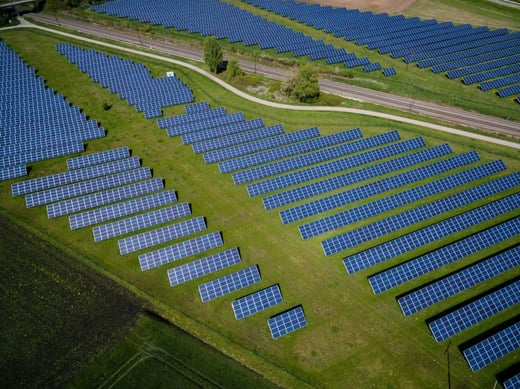Pivotal180 Newsletter June 2020
By Alison Leckie | July 10, 2020
2020 Quarter 2 Newsletter |
|
Thanks for your interest in Pivotal180! We are excited to have you as part of our community. We hope our knowledge portal is of value to you. We plan to continue to add content over the coming year, so do stay in touch! |
|
Online Courses – Update
|
|
NEW:- Incorporating Randomness into Renewable Energy Models When building financial forecasts for intermittent renewable energy projects, it is common for analysts to use a single value for the net energy generation assumption for the entire duration of the project. For a wind farm, an equity investor may choose to use a P50 assumption for the base case and then explore downside sensitivities by changing the assumption to P75 or P90. Once that wind farm gets built, however, the actual performance will not be a single constant for the life of the project. Net generation will vary from year to year, falling within a long-term probability distribution function. The performance in any given year can be thought of as a statistical sample drawn from a forecasted population distribution. So if we want our model to approximate reality – or a range of potential realities – it is a best practice to add a stochastic scenario in which the net generation varies from period to period, based upon random sampling. Pivotal180 is adding a series of videos to our Renewable Energy Project Finance Modeling Course covering concepts of P-values, one-year vs. long-term distributions, NORMAL functions in Excel, and techniques for including random variation into a financial model. We are also excited to be releasing a video explaining the Measure, Correlate, Predict (MCP) process, which is the foundation of most wind studies. |
|
NEW:- Live-Streamed Courses We have postponed all of our in-person public courses until health experts determine that it is safe to convene groups for such purposes.then. In the meantime we our new offering online live streamed public courses. The live-streamed courses are 100% remote but provide real time interaction with instructors and fellow students. Each course includes:
Start dates for these sessions are available on our website. We also offer more personalized workshops by tailoring content to the specific needs of companies or individuals. These programs can be offered for a single session or for multiple sessions extended across several days or weeks. Please contact us at sales@pivotal180.com or via this link if you would like to discuss in more detail. |
Lessons added to Renewable Energy Course
Added since March 1 Chapter 2 – Term Loans Lessons on Loan Agreements
Chapter 3 – Generation
Chapter 6 – Operating Costs
Chapter 7 – Construction Costs
Chapter 8 – Cash Waterfall and CADS
Chapter 9 – Output Data Tables a
|
|
Chapter 11 – Construction Funding
Chapter 12 – Tax and Depreciation
Chapter 15 – 3-way Statements
Chapter 16 – Accounts Payable and Receivable
Chapter 17 – Debt Service Reserve Account (DSRA)
|
Lessons Added to Tax Equity
|
Course general updatesRenewable Energy Project Finance Modeling Project Finance & Infrastructure modeling will be available online shortly. |
|
Welcome Our New Team Member – Florentina Emerging Markets Specialist Florentina Mutafungwa is a specialist in government advisory and capacity building in emerging markets. Based in Dar es Salaam, she designs and implements consulting and training programs within the energy and infrastructure sectors in Africa. |
Recently added free resources
|
Upcoming free resourcesScenario &Sensitivity Blog Part 2. New Sample videos of our current courses. |

Alison Leckie
Complexity simplified.
Advisory, financial modeling, and training courses within climate change, sustainable finance, renewable energy, and infrastructure.
We don’t just teach you how to build models. We teach you how to do deals.


